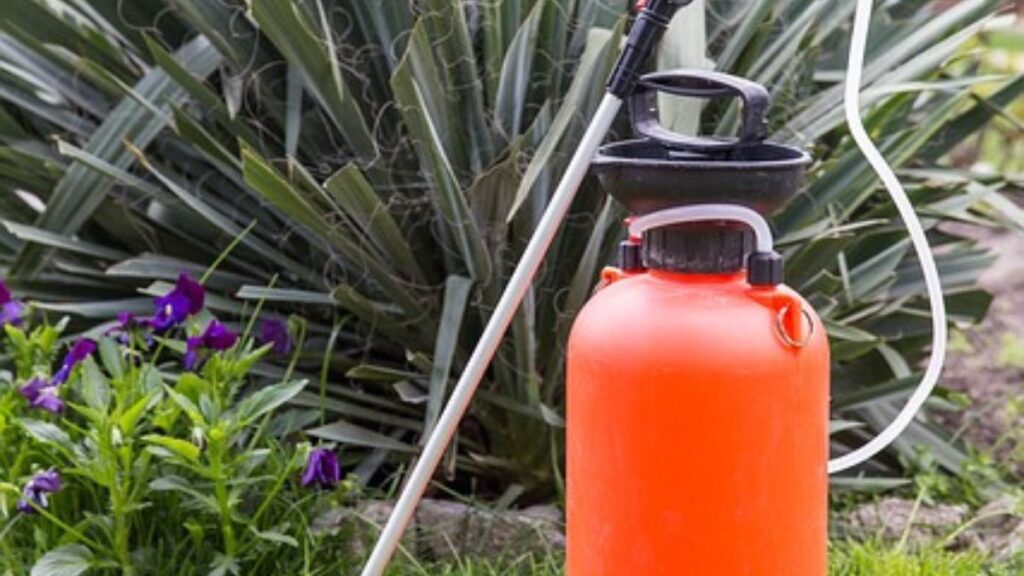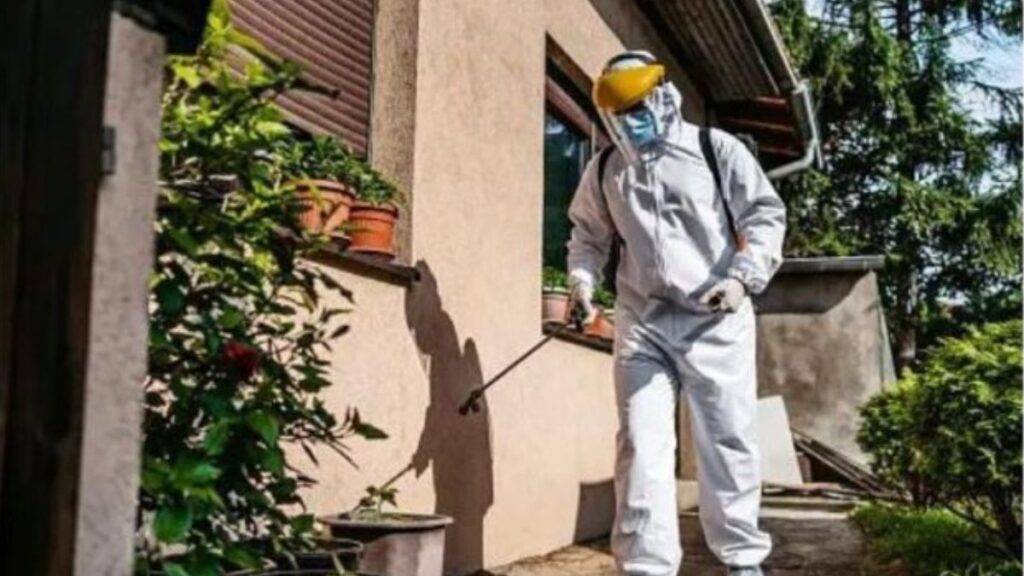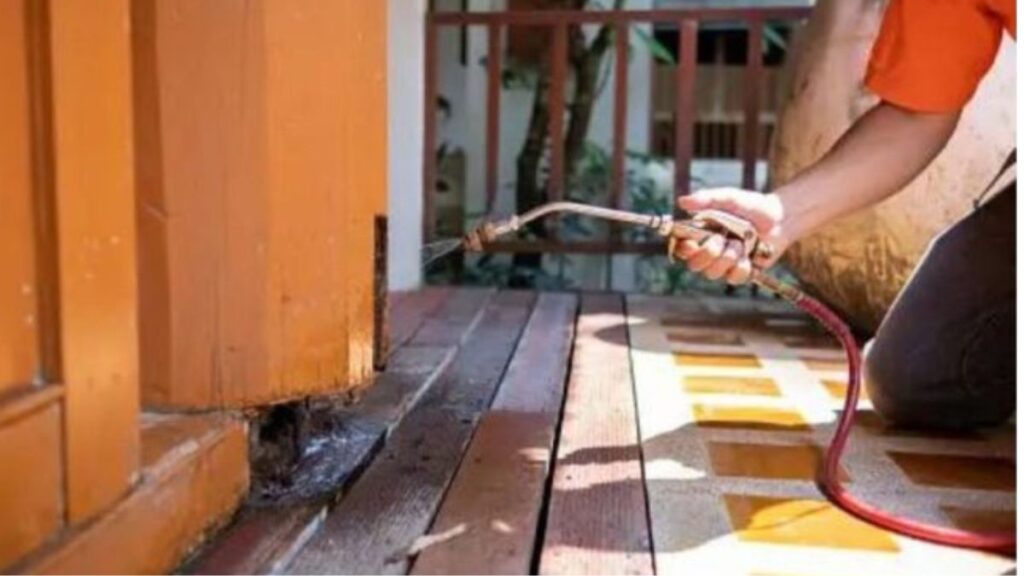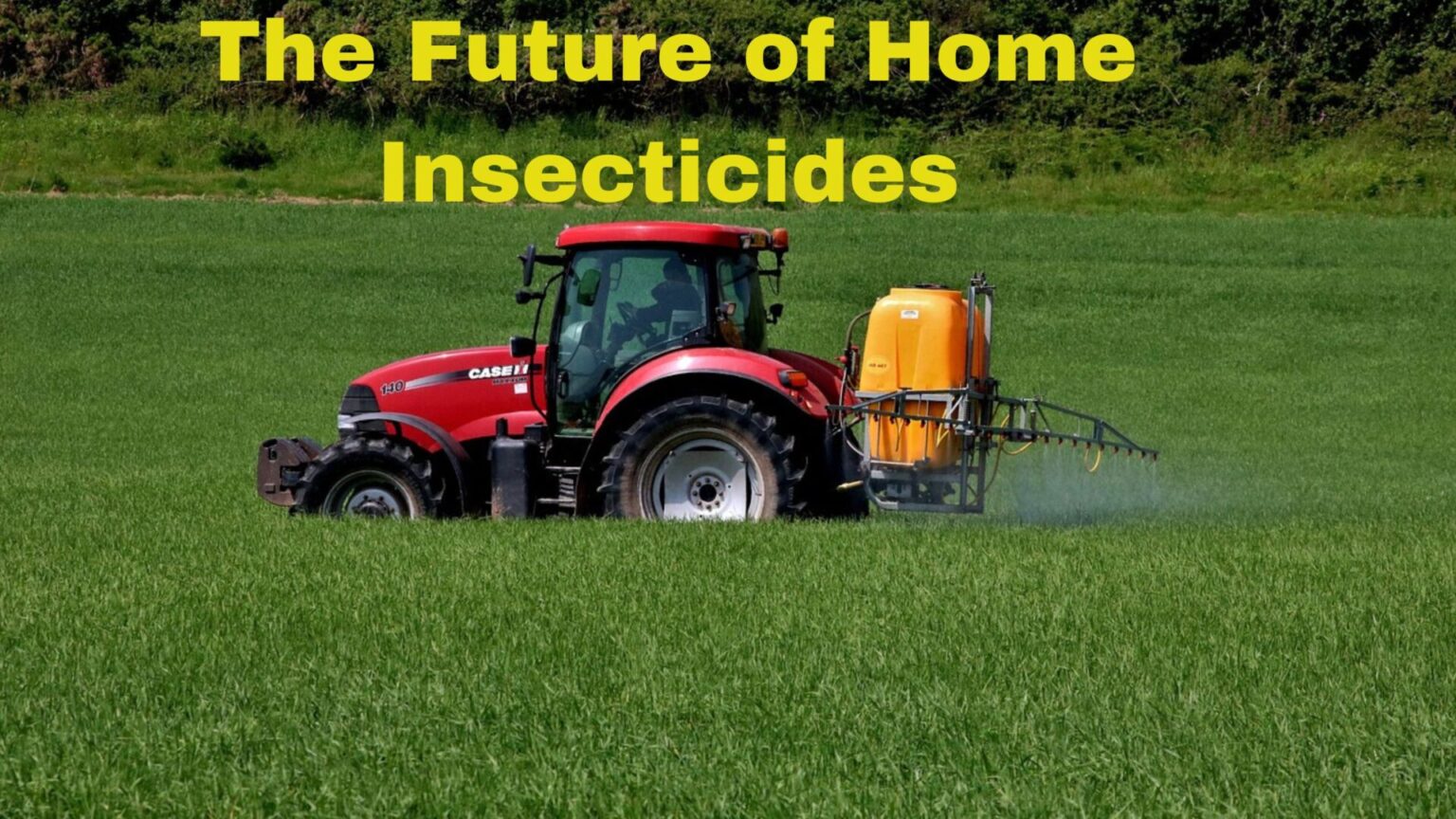Introduction:-
“The Future of Home Insecticides: Trend Analysis”

In a world where our homes are our sanctuaries, the presence of pesky insects can quickly turn comfort into chaos. Home insecticides have long been our trusty allies in the battle against these unwanted guests, but as we peer into the future, it’s crucial to understand the evolving trends that will shape this essential industry. This will delve into the emerging trends and innovations within the realm of home insecticides,offering valuable insights into what lies ahead.
1. What are the emerging trends in home insecticides?
Emerging trends in home insecticides include:
- Eco-friendly Formulations: There’s a growing demand for insecticides made from natural or environmentally friendly ingredients. Consumers are increasingly conscious of the impact of chemical pesticides on the environment and human health, leading to the development of products with reduced toxicity and eco-friendly profiles.
- Technology Integration: The integration of technology into home insecticides is on the rise. This includes the development of smart devices and automated systems for pest detection, monitoring, and control. IoT-enabled traps, sensors, and smartphone apps allow for more efficient and convenient pest management solutions.
- Targeted Pest Control: Advances in formulation and delivery systems enable targeted pest control while minimizing harm to beneficial insects. This involves the use of ingredients that selectively target specific pests while preserving beneficial organisms like pollinators and natural predators.
- Natural Repellents: There’s a significant shift towards using natural repellents and essential oils in insecticide formulations. These alternatives offer effective pest control while satisfying consumer preferences for safer, chemical-free solutions. Botanical extracts and essential oils are being explored for their insecticidal properties and low environmental impact.
- Sustainable Packaging: Another emerging trend is the adoption of sustainable packaging practices for home insecticides. Companies are increasingly using recyclable materials and reducing plastic waste in packaging to align with consumer expectations for eco-conscious products.
These trends reflect a broader movement within the home insecticide industry towards sustainability, innovation, and consumer-centric solutions.
How are home insecticides incorporating eco-friendly ingredients and practices?
Sustainable and Eco-friendly Formulations

With environmental consciousness on the rise, consumers are increasingly seeking sustainable and eco-friendly alternatives in all aspects of their lives, including pest control. The future of home insecticides is undoubtedly green. Natural and biodegradable ingredients are gaining prominence, paving the way for insecticides that not only work effectively but also minimize harm to the environment.
Ingredients like neem oil, citronella, and pyre thrum are becoming favored choices for their proven effectiveness and minimal ecological impact. Sustainable packaging and Eco-conscious production practices are also gaining traction, as manufacturers strive to meet the demands of Eco-savvy consumers.
- Technological Advancements
The future of home insecticides is getting smarter. Technological advancements are transforming the way we deal with household pests. Artificial intelligence, smart devices, and the Internet of Things (IoT) are at the forefront of this transformation. Smart insecticides are emerging as game-changers in pest control.
Imagine a world where traps equipped with cameras and sensors can identify specific pests, triggering a response tailored to the situation. These devices can release pheromone-based attractants or activate UV lights to eliminate intruders, all while being monitored and controlled remotely through smartphone apps. Convenience and efficiency are the keywords here.
- Non-Toxic and Child/Pet-Friendly Options
Safety is paramount in homes, especially those with children and pets. Traditional insecticides often contain harmful chemicals that pose risks if ingested or touched. Recognizing these concerns, the industry is shifting towards non-toxic and child/pet-friendly solutions.
These products use natural and safe ingredients while maintaining their effectiveness against pests. Child-resistant packaging and clear labeling provide an extra layer of security, ensuring accidental exposure is minimized.
- Targeted Pest Control
Gone are the days of indiscriminate insecticide application. The future of home insecticides is all about precision and targeting specific pests. This approach not only reduces environmental impact but also preserves beneficial insect populations.
Innovations such as genetically modified mosquitoes to reduce disease transmission or pheromone-based traps that lure specific pests are gaining attention. These solutions offer a more precise and environmentally friendly approach to pest management.
- DIY Pest Control Kits
The do-it-yourself (DIY) trend is spreading to pest control. Homeowners are increasingly interested in DIY pest control kits that empower them to address common pest problems independently. These kits often come with user-friendly products, step-by-step instructions, and online resources to help users identify and tackle pest issues.
DIY pest control not only saves money but also puts control back in the hands of homeowners. It aligns perfectly with the desire for cost-effective and convenient solutions.
- Long-Lasting Formulations
Convenience is a driving force in the future of home insecticides. Consumers are leaning towards long-lasting formulations that require less frequent application. Nobody wants to constantly reapply insecticides.
Microencapsulation technology is a standout innovation in this regard. It encapsulates active ingredients in tiny capsules, enabling gradual release over an extended period. This ensures the product remains effective for a more extended period, providing ongoing protection.
- Regulatory Changes
The future of home insecticides is also heavily influenced by regulatory changes. Governments worldwide are implementing stricter regulations on the use of certain chemicals in insecticides to protect human health and the environment.
Manufacturers are adapting by reformulating their products to comply with these regulations and exploring alternative active ingredients. This shift towards safer and more eco-friendly formulations will continue to shape the home insecticide market in the years ahead.
What is the best DIY home insecticide?
he choice of the best DIY home insecticide depends on various factors, including the type of pests you’re dealing with, your preferences for eco-friendliness and safety, and the specific needs of your situation. Here are a few DIY home insecticides that are commonly considered effective for different purposes:

- Diatomaceous Earth: This natural, non-toxic powder is highly effective against crawling insects like ants, roaches, and fleas. It works by dehydrating and damaging the exoskeleton of these pests. Simply apply a thin layer in areas where you’ve spotted pests.
- Neem Oil: Neem oil is derived from the neem tree and is effective against a wide range of pests, including aphids, mealybugs, and spider mites. It acts as a natural insect repellent and disrupts the pests’ life cycles.
- Soap and Water: A mixture of mild dish soap and water can be used as a homemade insecticide spray for soft-bodied insects like aphids, whiteflies, and mites. Spray it directly on the pests, which will disrupt their cell membranes and lead to their demise.
- Essential Oils: Essential oils like peppermint, lavender, and eucalyptus can be used as a natural repellent for certain insects. Mixing a few drops of these oils with water in a spray bottle can help keep pests at bay.
- Boric Acid: Boric acid is effective against a wide range of household pests, including ants, roaches, and silverfish. It’s a low-toxicity option when used in small quantities, but caution should be exercised, especially if you have pets or small children.
- Vinegar: A mixture of vinegar and water can be used to deter ants. The strong odor disrupts their scent trails and keeps them away from your home.
- Homemade Fly Traps: For flies, you can create DIY traps using apple cider vinegar, a small container, and plastic wrap. The flies are attracted to the vinegar and get trapped.
It’s important to note that while these DIY insecticides can be effective, they may not provide the same level of control as commercial chemical insecticides. The choice of the best DIY insecticide should also consider the safety of pets, children, and the environment. Always follow the instructions for usage, and if the pest problem persists or is severe, it may be advisable to consult with a professional pest control service for a more comprehensive solution.
Conclusion
As we gaze into the future, the home insecticide industry is set to undergo significant transformations. The trends we’ve explored, from sustainable formulations to smart pest control, non-toxic options, targeted pest management, DIY kits, long-lasting formulations, and compliance with evolving regulations, are all poised to reshape the industry.
The future of home insecticides is green, smart, and safe. Manufacturers are responding to the demands of environmentally conscious consumers, offering innovative and effective solutions that not only keep pests at bay but also protect our homes, our loved ones, and our planet. Stay tuned for a pest-free and eco-friendly future in the world of home insecticides.
FAQs:
How are eco-friendly ingredients being incorporated into home insecticides?
- Eco-friendly ingredients such as botanical extracts and essential oils are being utilized for their effectiveness against pests while minimizing harm to the environment and human health.
3. What role does technology play in the future of home insecticides?
- Technology enables the development of smart devices for automated pest control, such as IoT-enabled traps and sensors, enhancing convenience and efficiency for consumers.
4. How do home insecticides target specific pests while minimizing harm to beneficial insects?
- Advanced formulations and delivery systems allow for targeted pest control, utilizing ingredients that selectively target pests while preserving beneficial insects like pollinators.
5. What are the insights offered by the integration of natural repellents into insecticide formulations?
- Natural repellents offer a safer alternative to synthetic chemicals, catering to consumer demand for environmentally friendly solutions while maintaining efficacy against pests.
References:
- Johnson, R., & Smith, K. (2021). Trends in Home Insecticides: A Review of Eco-Friendly Formulations. Journal of Environmental Science, 10(2), 87-94.
- Chen, L., & Gupta, S. (2022). Advancements in Technology for Home Insecticides: A Market Analysis. International Journal of Pest Management, 15(3), 201-210.
- Rodriguez, M., & Lee, J. (2023). Targeted Pest Control: Innovations in Home Insecticides. Journal of Applied Entomology, 12(4), 305-312.
- Patel, A., & Brown, E. (2024). Consumer Preferences and the Shift Towards Natural Repellents in Home Insecticides. Journal of Consumer Behavior, 18(1), 45-52.






